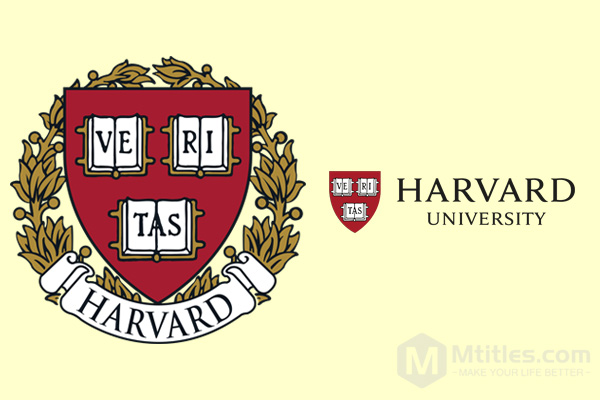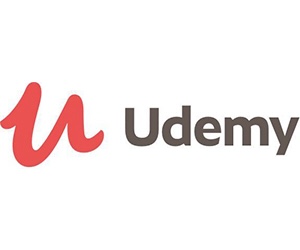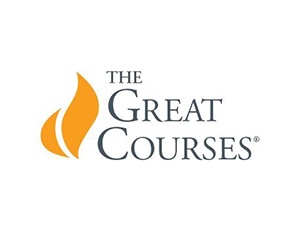#5 Harvard University

Basic Infomation:
World Position: No. 5
Nature of University: Private
Research Findings: Very High
Number of students: 23,663
Number of Teachers: 4,646
Number of international students: 5,877
Overview:
Harvard University, also named harvard, is a world-renowned private research university. It is a member of Ivy League school. It is located in Cambridge, Boston metropolitan area, Massachusetts.
Harvard University is the oldest university in the United States. It was founded in 1636. It was founded by the colonial legislature of Massachusetts and was named "new citizen College". In memory of the Reverend John Harvard, who gave the college generous support in the early days of its establishment, the school was renamed "Harvard College" in March 1639, while in 1780 Harvard University was officially renamed "Harvard University".
Harvard University covers 209 acres, with 10 Degree Awarding Schools in addition to the Radcliffe Institute of higher learning, two theatres and five museums. It is also home to the world's largest academic library system, with 18million books, 180000 Series titles, an estimated 400million manuscripts and 10 million photos.
Harvard University has a high academic status and wide influence in many fields such as literature, medicine, law and business science, and is recognized as one of the top higher education and research institutions in the world. Like most universities before the civil war, Harvard was founded to train clergy, but Harvard curriculum and student groups were rapidly secularized and enrollment policies were opened in the 20th century to introduce more diverse applicants.
Now, the university has 21000 students, and everyone is bustling through the famous statue of John Harvard at some time. He is the first donor and founder of the University, who looks kindly in the middle of the campus. The glittering feet of bronze statues are caused by the almost constant friction between tourists and students who believe that this behavior will bring good luck.
Only the academic elite can get a place at Harvard and nominally expensive to enroll - although the University's huge endowment fund can provide generous financial aid programs, about 60 per cent of students take advantage of it.
As a freshman, students live in one of the Harvard campus dormitories, located in a superior location and dining in the historic and picturesque annalberg restaurant. Harvard students are active both inside and outside the campus, with more than 400 official student associations, including extracurricular activities, extracurricular activities and sports opportunities. Whether it is playing on the pitch of Harvard stadium, training entrepreneurship activities in Harvard innovation lab, writing and editing in the Harvard Red Cross, students' life is a rich and meaningful experience.
Harvard University also manages institutions running Harvard Smithsonian astrophysics center, Massachusetts General Hospital, Boston Children's Hospital, etc. As of october2019, Harvard University has cultivated eight US presidents including Franklin Roosevelt and Barack Hussein Obama. Among Harvard alumni, professors and researchers, Harvard has produced several foreign heads of state, 18 filtz prize winners (world first), 14 bitmap Spirit Award winners (fourth in the world), 62 world billionaires 160 Nobel Prize winners (world first), 242 Marshall scholars and 359 Rhode scholars. Students and alumni also won 108 Olympic medals. The university often ranks first in the world, and the consistency of its rankings shows that success has not yet fostered complacency.
About Undergraduate:
Harvard's four-year full-time undergraduate program actually accounts for only a small part of the University's enrollment. Since 2008, undergraduates have completed eight general categories of courses in or outside their chosen major. These eight categories are: aesthetic and interpretative understanding, culture and belief, empirical and mathematical reasoning, ethical reasoning, life system science, physical universe science, world society and the United States in the world. Harvard offers 49 majors, many of which are interdisciplinary and have no predetermined courses: students can flexibly make their own courses to meet their academic goals.
If this sounds like an attractive learning environment, note that applying to Harvard is like climbing Mount Everest. Only the strongest can succeed. Harvard's acceptance rate of about 5% is the lowest in the United States, which proves the high quality of the candidates applying for the University. Although Harvard has made great efforts in the enrollment process, like other Ivy League schools, it provides inheritance priority for alumni 'children, a policy criticized for favoring wealthy white applicants. Harvard, which was reintroduced in 2011, also has an early admission program.
Applications can be submitted through general application, joint application or general university application. The university will not give priority to any application method. Application forms and essay Q & A; Two teacher evaluations; Secondary school reports, including transcripts and mid year school reports; And two sat subjects and one act or writing section. The standard application fee is $75.
About 12% of the newly admitted undergraduates come from international backgrounds, and the admission process of international students is exactly the same as that of American students. English language proficiency test scores can be submitted, but they are not mandatory. However, international candidates are strongly recommended to attend interviews.
The annual cost of undergraduate education at Harvard University is $73600, including tuition, incidental expenses, accommodation, personal expenses and travel expenses. This is not a small expenditure, but Harvard University does provide demand-based financial plans for families at all income levels, which are adopted by 70% of students. This may include scholarships, campus jobs or student loans. As a result, 100% of the students graduated from Harvard without debt, and 20% of the student families did not have to pay any fees.
About Postgraduate:
Founded in 1872, Harvard Graduate School of Arts and Sciences (GSAS) is responsible for most bachelor's degree courses in the humanities, social sciences and natural sciences of Harvard University. It offers master of Arts, master of science and doctor of Philosophy (PhD) degrees in about 56 disciplines.
GSAS enjoys a high reputation in the United States and around the world. In addition to scholars and scientists, GSAS graduates have also become famous American politicians, Supreme Court judges, foreign heads of state and government.
The Graduate School of Arts and Sciences of Harvard University has about 4250 students, of which about 200 are studying for master's degree and the rest for doctoral degree.
As of 2016, 46% of GSAS students were female, 30% were international students and 12% were underrepresented ethnic minorities.
About a fifth of GSAS students study for a humanities degree, while a quarter choose social sciences, and more than half of graduate students study natural sciences. Doctoral students can take graduate courses in the secondary field, and GSAS also enables doctoral students to coordinate their studies to obtain additional advanced degrees.
The application process is relatively simple, but may vary by subject. Typically, candidates fill out an online application form and pay a fee of $105.
Documents uploaded in support of the application include university transcripts, letters of recommendation, purpose statements and GRE scores. International students whose mother tongue is not English may have to take TOEFL or IELTS tests to prove their language ability.
All GSAS students charge tuition fees in a hierarchical structure, which decreases as they progress. The full tuition fee for the first two years of study is $44816 per year, and then $11654 per year for the third and fourth years. In addition, the 10-month cost of living budget is about $41000.
However, doctoral students do not need to take their calculators because Harvard guarantees them full financial support for at least five years, including tuition grants, allowances, interns, teaching scholarships, research grants and other academic appointments.
Master's programs are not fully funded, and despite the limited grant support and research funding available, students should make a significant contribution.







